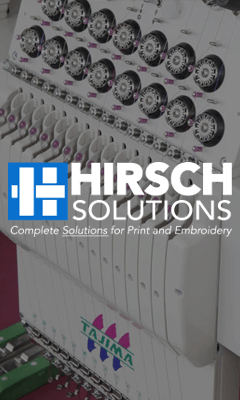Introduction
Welcome to Fahrenheit AI, episode twelve. In this episode, we will explore the RAG process, also known as Retrieval Augmented Generation. RAG is a method that involves supplying data for reference, chunking the data into smaller parts, and then connecting the content to a Large Language Model (LLM) like ChatGPT. The goal is to generate coherent output based on the provided data. Today, we will focus on the use of RAG in creating a RAG agent using public data from our sponsor, Stahls.
The RAG Process
The RAG process begins with supplying data for reference. This data is then chunked into smaller parts to make it accessible for the agent. When prompted, the agent goes through the supplied data andbconnects it to an LLM. In our case, we will be using Claude as the LLM for this RAG agent.
Using Public Data from Stahls
To create our RAG agent, we decided to use a YouTube playlist from our sponsor, Stahls. The playlist we chose is called “Heat Press for Profit”. This playlist provides somewhat structured data, which makes it ideal for building our model. We used a YouTube extraction tool to extract information from the videos, including the video description. Out of the 75 transcripts extracted, only a few had issues.
Real-World Applications of RAG
RAG has been used in various real-world scenarios. For example, it was utilized at the US Open to generate AI-generated commentary for match highlights. This automated content creation process made the editorial team more productive. Other startups, such as AI Scout and Status Pro, have partnered with major sports leagues to enable evaluation and provide virtual reality training tools for athletes.
Testing and Building the Model
Before building the actual model, we tested the data using Gradient, a free testing platform. Once the data was loaded, we attached Claude as the LLM and tested its functionality . Gradient proved to be an effective platform for testing data with an LLM.
Building the Model with Mind Studio
To build the actual RAG model, we used Mind Studio, which is available at www.youai.ai. Mind Studio allows you to identify the LLM and adjust the temperature at which it responds. We found that running the temperature as high as possible before it becomes unstable yields the best results. Mind Studio also provides a prompt area where you can test and ask questions to the model.
Designing the AI Assistant
In addition to Mind Studio, we also used the back end of the agent to connect the different parts of the RAG process and define the behavior of the AI assistant. We designed the AI assistant to be friendly , helpful, and concise. Its role is to answer questions and explore the transcripts of the videos. The assistant can reference the videos in the playlist and include the episode name in its responses.
The Final Model in Action
Once the model was built, it could be embedded in a website. The AI assistant greets users and is ready to assist. Users can ask questions related to starting a heat press business, for example. The AI assistant responds with recommendations based on the content of the video transcripts. Users can also interact with the assistant to clarify or rephrase their questions.
Conclusion
The RAG process, or Retrieval Augmented Generation, is a powerful method for generating coherent output based on supplied data. It allows for personalized recommendations, content generation, and enhanced virtual personal assistants. With the right data and optimization, RAG models can provide valuable insights and assistance. If you’re interested in exploring our RAG agent and experiencing its capabilities, check out the link in the description.
Thank you for reading!
Made with VideoToBlog


Comments